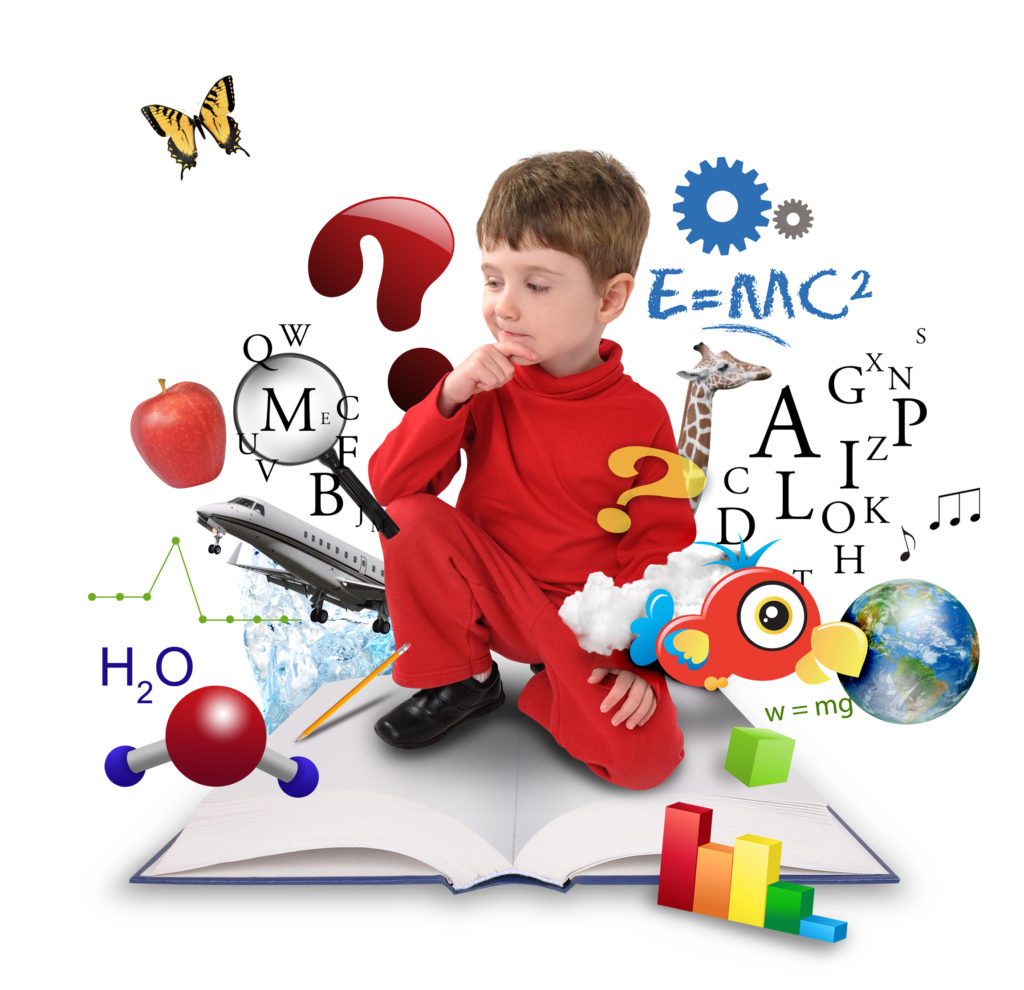Despite years, technology is still a warm button issue. Some educators and students love and make use of technology flawlessly daily, and some hate it and don’t understand why they need to be instructed to utilize it at all.

Moreover, complicating any discussion from the role of technology in schools is the perceived inequality gap between rich and poor school districts. Some schools have the symptoms of endless resources for new technology (think iPads and 3D printers), while other schools must take what wealthier schools might disregard as old.
On one side, supporters of technology say that technology inside the classroom encourages independent learning, teaches real-world life skills (e.g. how to write email messages, online etiquette), inspires creativity, helping students experiment in disciplines for example science by making use of more using new tools.
However, critics of technology inside the classroom say that it results in distraction (especially if students are checking Facebook rather than pay attention), fosters poor studying and research habits (e.g. just searching Google as opposed to really researching a topic using library resources), and will lead to problems like cyber bullying or the invasion of privacy.
What’s clear is always that there are particular trade-offs involved with technology. Educators must not view technology as a panacea that will magically teach students how you can read every time they gain access to an iPad. And students must not view tablets, phones, and 3D printers simply as toys in order to avoid the true work of studying.
That’s why the main element decide any discussion about technology inside the classroom (and out from the classroom) is the teacher. If your J1 visa for teachers desires to supplement an in-class lessons with web resources, he has to be also without doubt a lot of students have equal access to those resources. Some students may reside in a home with access to multiple computers and tablets, and some might reside in a home and then there isn’t access to fractional laser treatments.
The goal of technology is always to make learning quicker and easier for those students. Knowning that often means challenging many assumptions about how precisely students learn best. As an example, one trend from the U.S. educational product is “flipping the classroom,” through which online learning plays an important role. Unlike the standard classroom, where lectures come about through the school days and homework gets done in the evening, a “flipped classroom” ensures that students use teachers on homework through the school day then watch video footage lectures in the evening.
And there’s an additional component that should be taken into consideration, and that’s the capacity for technology to organize students to the whole world of the longer term. That’s why many U.S. educators have become watching computer science and coding – they’ve got even described coding/programming as a new fundamental skill inside the digital economy, right next to literacy. In such cases, obviously, it is computer literacy that means something.
Whether it’s online education, iPads, gaming or BYOD, technology can play an important role down the road development of education. It’s very important to any teacher to be aware of the many issues at play anytime they introduce technology in to the lesson plan and also the overall classroom experience.
To learn more about J1 visa for teachers check out our new web site: click to read more
